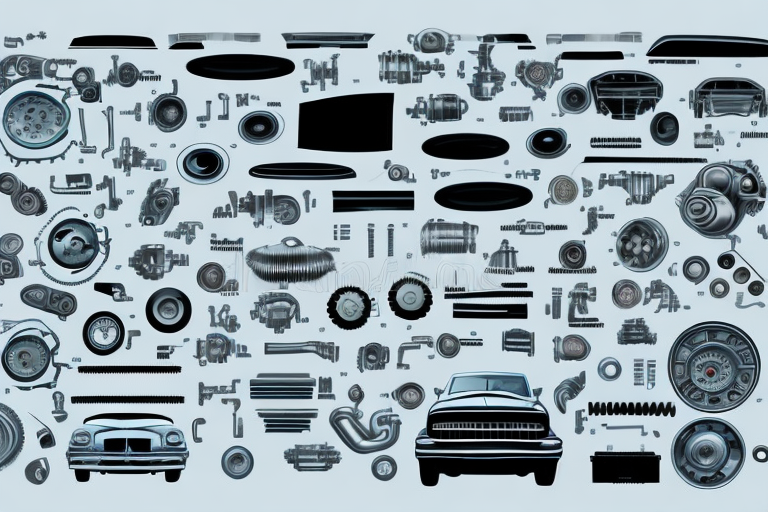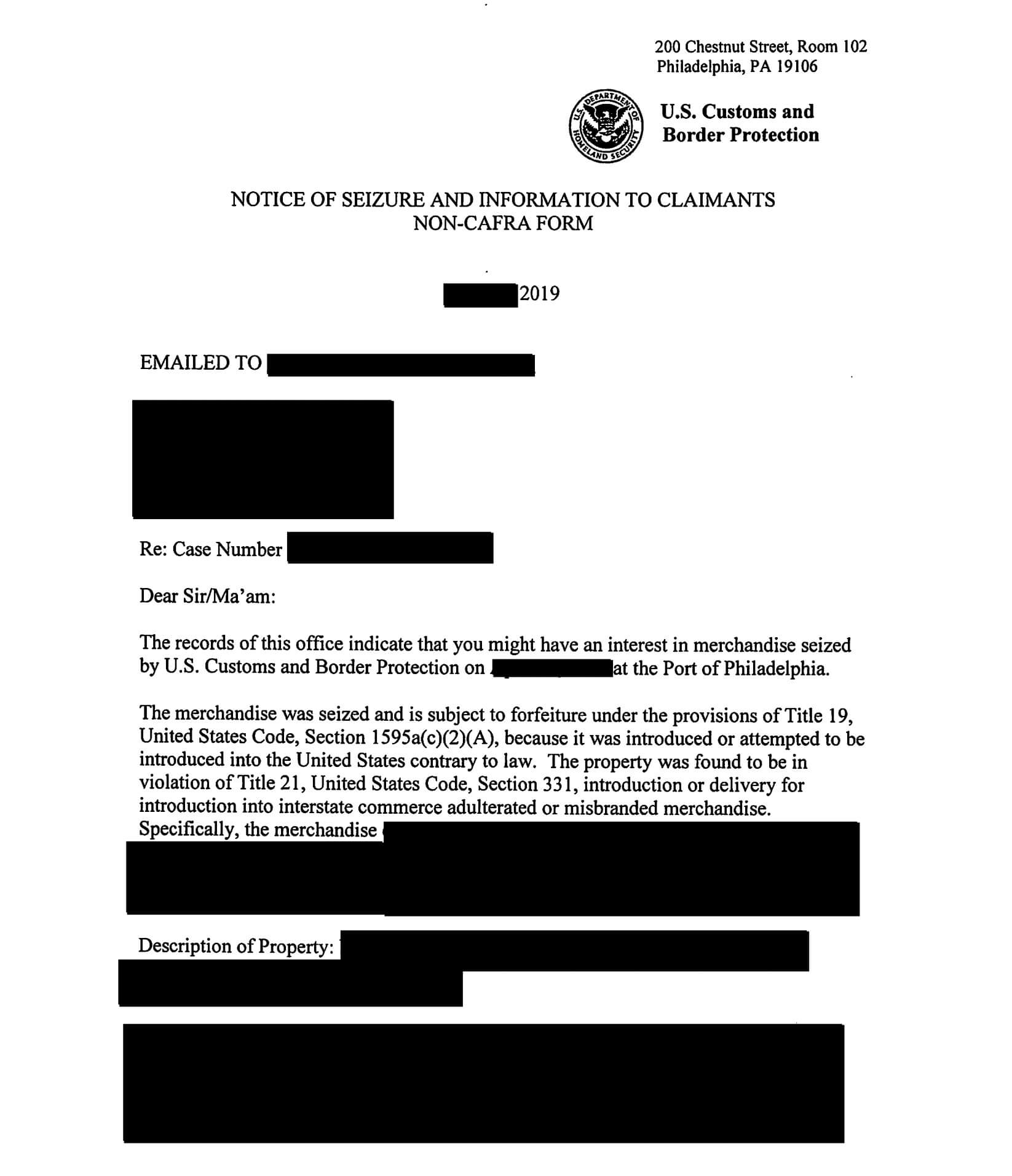In today’s globalized economy, importing automotive parts has become a common practice for many businesses in the automotive industry. However, the process of classifying these parts correctly can often be complex and challenging. Understanding import regulations and navigating the classification system is crucial to ensure compliance and minimize potential risks. In this article, we will delve into the intricacies of classifying automotive parts for import, discussing the key factors, common challenges, and best practices that businesses should be aware of.
Understanding Import Regulations for Automotive Parts
Importing automotive parts involves adherence to a set of regulations that govern these transactions. These regulations vary from country to country and are primarily enforced by customs authorities. The first step in classifying automotive parts for import is to familiarize yourself with the import regulations relevant to your target market. These regulations often cover aspects such as product safety, labeling requirements, and environmental standards. Failure to comply with these regulations can result in delays, penalties, or even complete rejection of the imported goods, highlighting the importance of understanding and adhering to these requirements.
The Importance of Classifying Automotive Parts Correctly
Accurate classification of automotive parts is crucial for several reasons. Firstly, it determines the correct Harmonized System (HS) code for the part, which is an essential component of any import documentation. The HS code is a standardized international system that categorizes products for import and export purposes. It enables customs authorities to identify and track products, assess duties and taxes, and ensure compliance with trade agreements and regulations. Incorrect classification can lead to disputes, additional costs, or even legal consequences.
Secondly, accurate classification facilitates supply chain efficiency. When automotive parts are properly classified, it becomes easier to manage inventory, plan production schedules, and ensure timely delivery to customers. Furthermore, it enables businesses to negotiate favorable trade terms, such as lower duties or preferential treatment, based on the import classification of the parts. Hence, proper classification offers both operational and financial advantages to businesses engaged in importing automotive parts.
Overview of the Automotive Parts Classification System
The classification system for automotive parts is based on the Harmonized System (HS), which consists of a hierarchical structure of product codes arranged in a systematic manner. The HS system contains specific provisions for automotive parts, enabling businesses to identify and assign the correct code to each part. The classification is determined based on various factors, including the material composition, function, and use of the part. It is important to note that automotive parts can fall under multiple HS codes, requiring a thorough understanding of the classification system to ensure accuracy.
Additionally, some countries may have their own unique classification systems or additional requirements specific to automotive parts. Businesses must familiarize themselves with these country-specific regulations to ensure compliance during the import process.
Key Factors to Consider when Importing Automotive Parts
When classifying automotive parts for import, several factors must be carefully considered. The material composition of the part plays a significant role in determining its classification. Different materials, such as metals, plastics, or rubber, may have distinct classification requirements. Additionally, the function and use of the part must be taken into account. Some parts may have multiple functions or be designed for specific vehicle models, requiring a detailed assessment to assign the correct HS code.
Furthermore, it is crucial to consider the impact of regional trade agreements and preferential trade programs on the classification of automotive parts. These agreements can provide businesses with opportunities to reduce or eliminate duties on imports from specific countries. By accurately classifying the parts and leveraging these trade agreements, businesses can enhance their competitiveness and profitability in the global market.
Common Challenges in Classifying Automotive Parts for Import
Classifying automotive parts correctly is a complex task that often presents challenges for businesses. One common challenge is the lack of clarity in the classification system itself. As the automotive industry evolves and new technologies emerge, the classification of parts may not always align perfectly with the existing HS code structure. This can lead to ambiguity and require businesses to interpret and apply the code in the most appropriate manner.
Another challenge is the sheer vastness of the automotive parts catalog. With thousands of different parts available, each with its own unique characteristics, it can be overwhelming to assign the correct HS code to each part. This challenge necessitates a systematic and meticulous approach, including the use of comprehensive product catalogs, technical specifications, and collaboration with product manufacturers or customs brokers experienced in automotive parts classification.
How to Determine the Harmonized System (HS) Code for Automotive Parts
Determining the correct HS code for automotive parts requires a thorough understanding of the classification system and the specific requirements of each part. Several resources are available to assist with this process. These include the official HS publications, which provide detailed guidelines and explanatory notes on the interpretation and application of the codes. Additionally, customs authorities and trade associations often provide guidance and support in classifying automotive parts.
It is important to note that businesses should not solely rely on automated classification software or online databases. While these tools can be helpful, they may not encompass all intricacies of the automotive parts classification system and may not take into account specific country regulations or trade agreements. Hence, a comprehensive approach that combines expert knowledge, official guidelines, and technological tools is advisable to ensure accurate classification.
Navigating Tariffs and Duties for Imported Automotive Parts
The correct classification of automotive parts has a significant impact on the applicable tariffs and duties levied on imported goods. Different HS codes are associated with varying duty rates, and businesses must ensure that they are accurately assigned to benefit from any potential preferential treatment. Moreover, businesses should keep track of any updates or changes to tariff rates to stay informed and adjust their import strategies accordingly.
Working with customs brokers who specialize in automotive parts classification can be advantageous in understanding and managing tariff implications. These professionals possess the knowledge and expertise to navigate the complexities of international trade and assist businesses in determining the most cost-effective import strategies.
Best Practices for Accurate Classification of Automotive Parts
To ensure accurate classification of automotive parts for import, businesses should adhere to several best practices. Firstly, it is essential to maintain up-to-date product catalogs that include detailed product descriptions, specifications, and relevant technical information. Having this information readily available will expedite the classification process and minimize the risk of errors.
Secondly, establishing strong relationships with reputable suppliers and manufacturers is key. Collaborating closely with these partners can provide valuable insights into the intricacies of the products, aiding in accurate classification. Furthermore, involving customs brokers or trade compliance professionals early in the process can provide guidance and support throughout the classification process, reducing the risk of misclassification.
The Role of Customs Brokers in Classifying Automotive Parts
Customs brokers play a vital role in the classification of automotive parts for import. These professionals possess comprehensive knowledge of international trade regulations, including the intricacies of the HS code classification system. Engaging a customs broker can help businesses navigate the complexity of import procedures, ensure compliance, and optimize import costs.
In addition to classification, customs brokers can assist with other import-related activities such as preparing and submitting import documentation, coordinating with customs authorities, and managing customs clearance processes. Their expertise significantly reduces the administrative burden on businesses, allowing them to focus on their core competencies.
Case Studies: Successful Classification of Automotive Parts for Import
To gain a better understanding of proper classification methods, analyzing real-life case studies can be immensely valuable. Examining successful classification stories in the automotive industry highlights the importance of accurate classification and the positive outcomes it can yield. These case studies can provide insights into different scenarios and challenges faced by businesses and offer guidance on the best approaches to classification.
Tips for Streamlining the Classification Process for Automotive Parts
Streamlining the classification process for automotive parts is essential to save time, reduce costs, and ensure accuracy. Implementing the following tips can help businesses optimize their classification procedures:
- Utilize automation tools: Utilize technological solutions, such as classification software or databases, to streamline the process and reduce manual efforts.
- Establish a robust internal classification system: Develop an internal classification system that aligns with the HS code structure and accommodates specific product characteristics.
- Centralize data management: Store all relevant product data, including technical specifications and part descriptions, in a centralized database to ensure easy access and consistency.
- Train personnel: Provide comprehensive training to employees involved in the classification process to enhance their understanding of the classification system and increase accuracy.
Ensuring Compliance with Import Regulations for Automotive Parts
Compliance with import regulations is of utmost importance when classifying automotive parts. Businesses must stay up-to-date with evolving regulations and ensure that all necessary certifications and documentation are in order. This includes complying with product safety standards, labeling requirements, and environmental regulations specific to the target market.
Furthermore, businesses should establish robust internal compliance programs that include regular audits and assessments of their import processes. Engaging external trade compliance professionals or customs brokers can further strengthen these programs and provide expert guidance in managing compliance-related challenges.
Impact of Misclassified Automotive Parts on Supply Chain Efficiency
Misclassification of automotive parts can have a detrimental impact on supply chain efficiency. Incorrectly classified parts can lead to delays in customs clearance, resulting in disruptions in production schedules and delivery timelines. Moreover, misclassification can lead to increased costs, such as higher duties and penalties.
In addition, misclassified parts can result in inaccurate inventory management, making it challenging to track and replenish the right parts at the right time. This can lead to excess or shortage of inventory, affecting overall supply chain efficiency. Properly classifying automotive parts ensures accurate inventory management, optimal production planning, and improved customer satisfaction.
Strategies to Minimize Costs and Maximize Profits in Importing Automotive Parts
Importing automotive parts can present significant cost implications for businesses. Maximizing profitability requires implementing strategies to minimize costs throughout the import process. Some effective strategies include:
- Leverage trade agreements: Take advantage of preferential trade agreements and regional trade programs to reduce or eliminate duties on imported parts.
- Optimize transportation: Evaluate different shipping options, such as sea freight or air freight, to minimize transportation costs without compromising delivery timelines.
- Utilize free trade zones: Consider establishing operations in free trade zones or bonded warehouses to take advantage of preferential customs procedures and delay duty payment until goods are sold.
- Continuous improvement: Regularly assess and optimize import processes to identify areas of improvement and implement cost-saving measures.
Conclusion
Classifying automotive parts for import is a complex undertaking that requires a comprehensive understanding of import regulations, the HS code classification system, and the specific characteristics of each part. Accurate classification ensures compliance with import requirements, enhances supply chain efficiency, and allows businesses to benefit from favorable trade terms. By following best practices, engaging customs brokers, and staying informed about evolving regulations, businesses can navigate the complexities of classifying automotive parts and optimize their import strategies for maximum profitability.
Becoming well-versed in the classification process not only ensures compliance but also equips businesses with a competitive advantage in the global automotive market. In an industry driven by innovation and efficiency, accurately classifying automotive parts for import is a crucial step towards success.
Total reading time: 10 minutes




